Billy Joel’s Map of New York City: A Virtual Tour of the Piano Man’s Discography
- Oops!Something went wrong.Please try again later.
The post Billy Joel’s Map of New York City: A Virtual Tour of the Piano Man’s Discography appeared first on Consequence.
Though a Long Island native, New York City is Billy Joel’s home. In fact, you could almost say Madison Square Garden is his residence, as he played a record-setting 73 consecutive monthly shows at the legendary venue between January 2014 and February 2020, a streak only interrupted by the pandemic. But the city is more than just the place he lives: It’s been the soul of much of his iconic discography over the last 50 years.
Whether taking a Greyhound along the Hudson River, strolling The Village in tie dye jeans, or working Mr. Cacciatore’s down on Sullivan Street, Joel imbued numerous songs with the landscape of New York. His characters have cruised the Miracle Mile and Bedford-Stuy, while familiar locations like Astor Place and Mercer Street have appeared on his album covers. There’s hardly a neighborhood in the area that doesn’t have some tie to the Piano Man.
As a celebration of his 50th anniversary, we’re taking a tour of Billy Joel’s New York, from Cold Spring Harbor to his beloved Italian restaurant. It’s a journey through the region any Joel fan has already taken through repeat listens to his music, now presented as a stop-by-stop guide.
For an even more in-depth look at Billy Joel’s connection to NYC, visit Sony’s interactive website featuring a tour of over 50 destinations.
Cold Spring Harbor
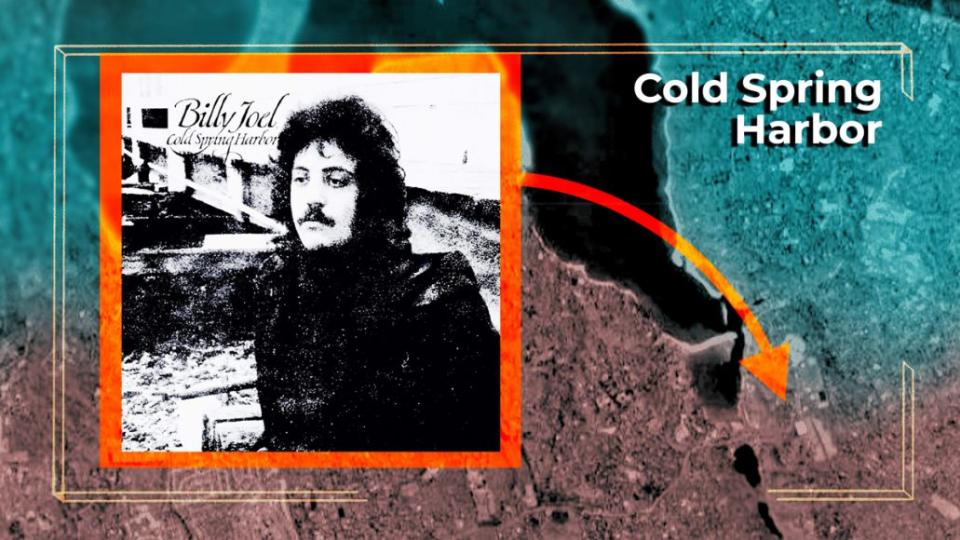
The title of Billy Joel’s 1971 debut album ties, unsurprisingly, to his Long Island roots, making it a perfect place to start our tour. A quaint hamlet located on Long Island Sound in Huntington, Cold Spring Harbor is a quick 20 minute drive up Route 108 from Joel’s hometown of Hicksville. Photographer Jerry Abramowitz shot the Cold Spring Harbor album cover at a now-deconstructed dock on Harbor Road, where a small sign signifying Billy Joel Cold Spring Harbor Park is still posted.
Staten Island Ferry Terminal
Joel showcased some typical stubborn Long Islander pride on his debut LP. “Everybody Loves You Now” is a song about a girl who’s lost touch with her Cold Spring Harbor roots, lost in the bright lights of adoration. But even as the narrator resents the “big shot,” he shares everyone else’s attraction: “They all want your white body/ And they await your reply/ But between you and me and the Staten Island Ferry/ So do I.”
Greenwich Village
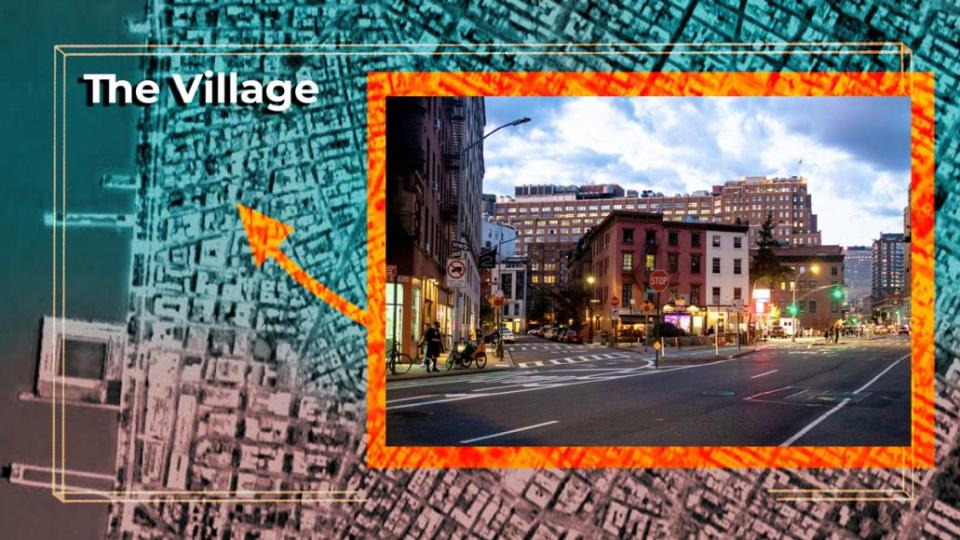
Photo via littlenySTOCK/Shutterstock
The Village of the 1970s that Joel mentions on “Captain Jack” was home to bohemians, radicals, artists, and outsiders. That made it the perfect destination for a strung-out suburban white kid who used heroine to seem more alternative than he really is to go strutting his tie-dye jeans.
Oyster Bay, Long Island
The only single not to chart from 1973’s classic Piano Man, “The Ballad of Billy the Kid” appears as something of an outlier in Joel’s catalog. However, the tale isn’t really about a cowboy — despite that epic Western intro and outro. It’s about a bartender “from a town known as Oyster Bay, Long Island,” a spot just outside Joel’s Hicksville home.
Astor Place Station
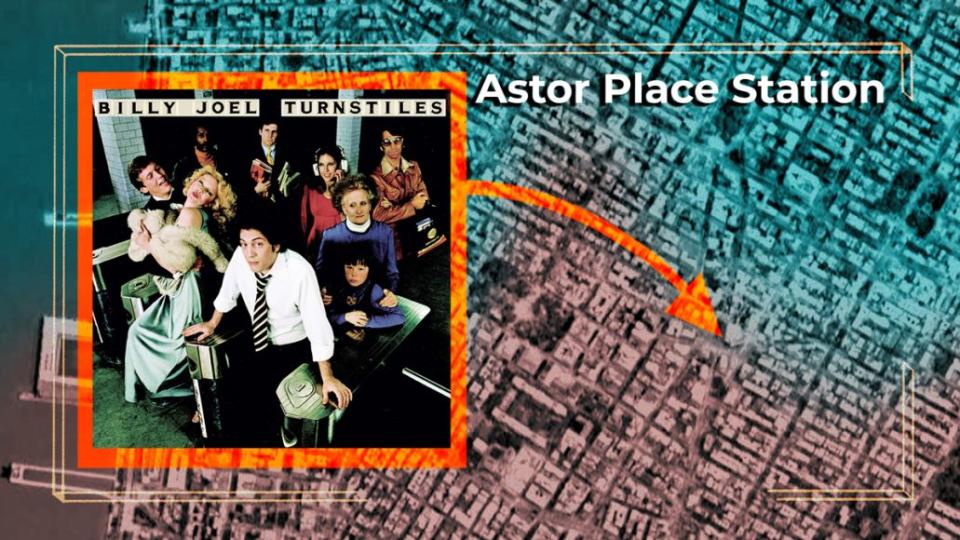
If you’re in NoHo looking to head up to, let’s say, the old Elaine’s Restaurant (more on that later), you might consider hoping the uptown 6 train at Astor Place. If you do, stop just before swiping your MetroCard, turn around, loosen your tie a bit, and rest a hand on the turnstiles beside you: You’re now essentially recreating the cover of 1976’s Turnstiles in the exact location it was photographed.
Hudson River Line
The Hudson River Line mentioned in the indelible “New York State of Mind,” um, doesn’t exist. Joel wrote the line while actually taking a Greyhound back into New York all the way from Los Angeles, but busses don’t use “line” names like that. Give the guy some poetic license, as painting a picture of the riverside drive along the Hudson River Parkway is much more attractive than the Port Authority Bus Terminal.
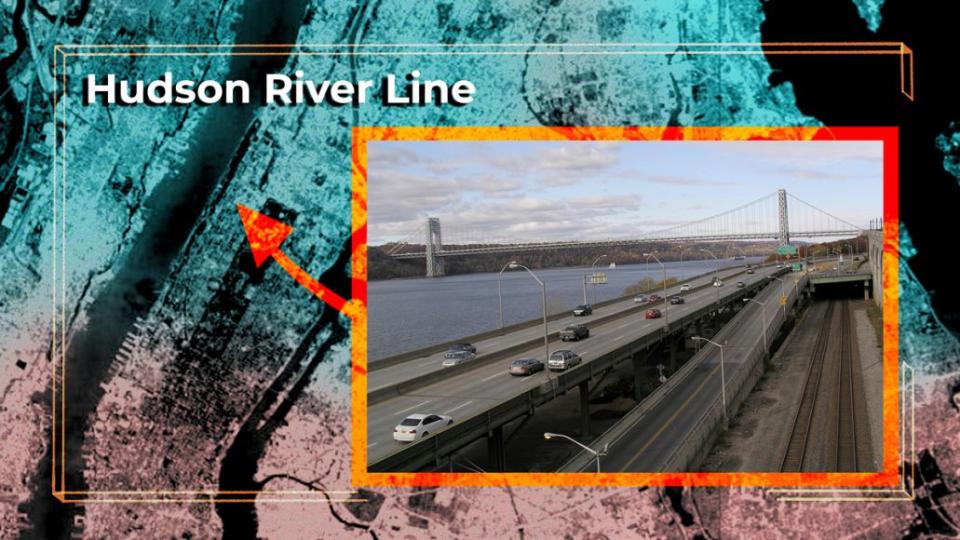
Chinatown
Talking about a tour of New York City, Billy Joel pretty much maps one out himself on “New York State of Mind.” Chinatown is a busy downtown section of the city known for crowded streets and busy restaurants. With its open fish markets and heavy pedestrian traffic, it definitely captures that, “Man, there’s no place like NYC” sort of grime.
Riverside
On the other hand there’s Riverside Drive, a major roadway bordering the Hudson River in the Upper West Side. It’s a “classier” area, providing a contrast to Chinatown. It’s also on the polar opposite of corner of the city, allowing the “New York State of Mind” lyric to encompass pretty much the entire island of Manhattan.
Fontana de Trevi
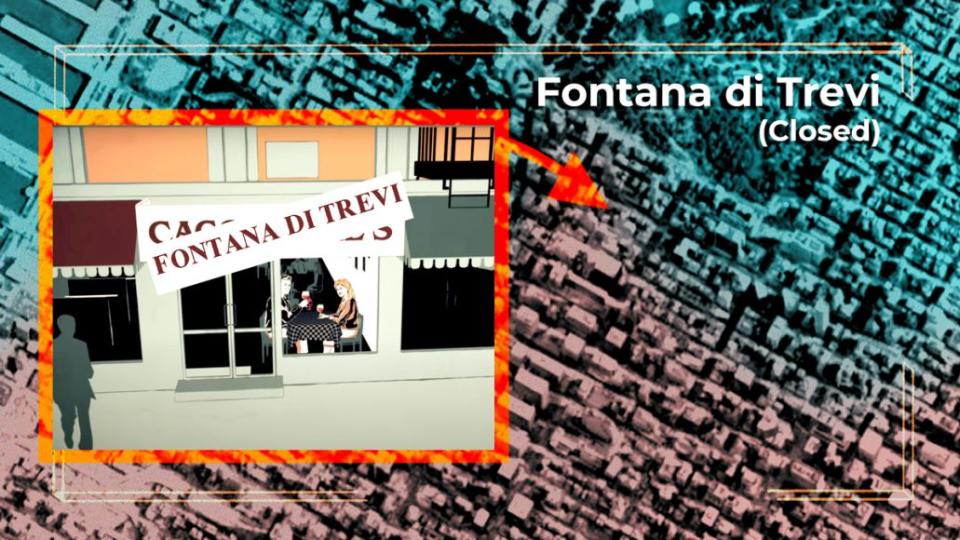
Originally located across the street from Carnegie Hall at 151 W. 57th Street, Fontana de Trevi was an “old familiar place” where Joel would often have “a bottle of white/ A bottle of red/ Perhaps a bottle of rosé instead.” Though not mentioned directly in “Scenes from an Italian Restaurant,” the now defunct Fontana was the inspiration for one of Joel’s trademark songs.
Sullivan Street
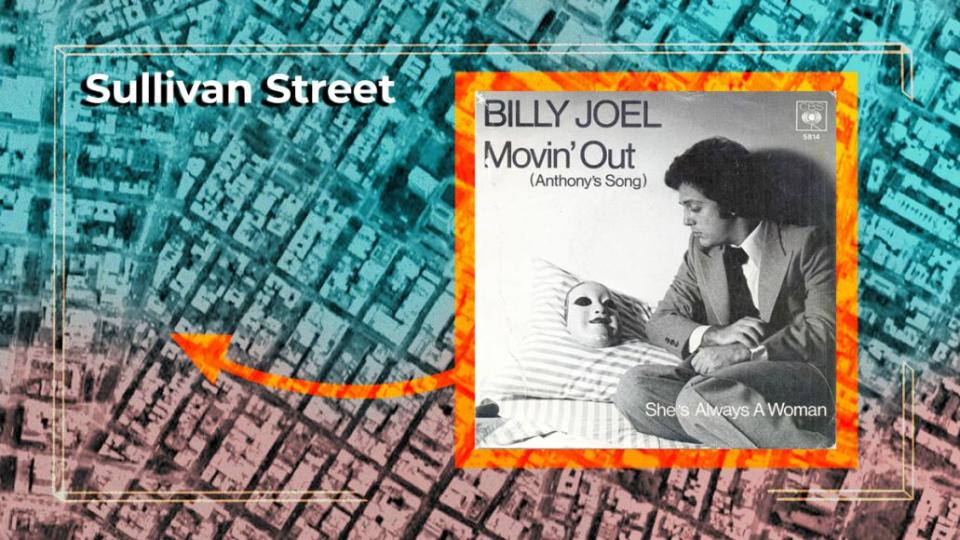
Running from Washington Square Park down south to SoHo, Sullivan Street was the location of the restaurant at which Sergeant O’Leary worked the bar at night. Though the “Movin’ Out (Anthony’s Song)” lyric call the spot Mr. Cacciatore’s, the Italian joint at the corner of Sullivan and Spring that inspired the line was actually Napoli. It’s long-since closed, as has the referenced medical center across from it.
Elaine’s
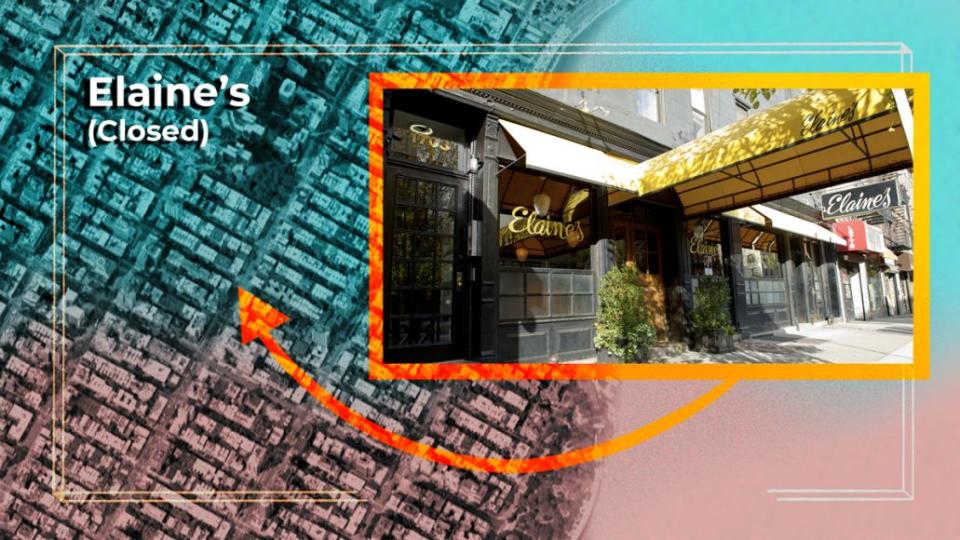
Photo via Michael Stewart/WireImage
If you were a “Big Shot” in the ’70s or ’80s, you likely ate at Elaine’s. The landmark meeting spot hosted actors, writers, editors, and other literary and artistic who’s-whos over the decades, which explains why the target of ire in Joel’s hit 52nd Street opener would brag about his acquaintances there. The restaurant closed in 2011 amid financial struggles following the death of its longtime owner, Elaine Kaufman.
Bedford–Stuyvesant
Now more commonly referred to as Bed-Stuy instead of the “Bedford-Stuy” Joel sings about in “You May Be Right,” this Brooklyn neighborhood was once a notoriously dangerous area, hence the Glasses Houses opening track referring to it as a “combat zone.” After years of revitalization (read: gentrification) efforts, its reputation has improved in recent times, though there are still some troubling statistics regarding crime and education.
Beekman Place
Using the summer of 1977 to illustrate the cultural and wealth divide in America, the Glass Houses cut “Close to the Borderline” lays out the darkness — literal and figurative — of New York City in the first verse. While most urbanites were dealing with the “blackout, heatwave, .44 caliber homicide,” the “millionaires hide in Beekman Place,” an upscale residential two-block street in the elite East Side neighborhood of Turtle Bay.
Manhasset Miracle Mile
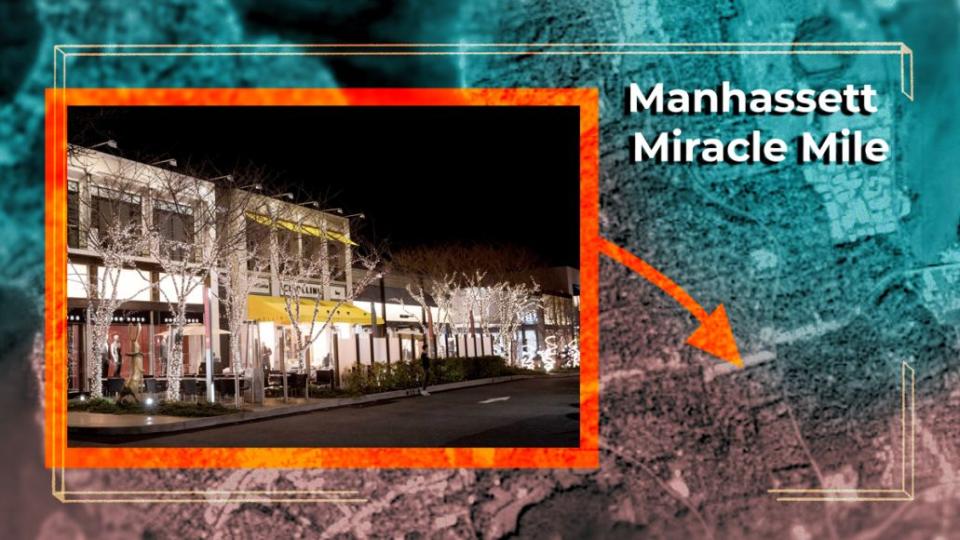
Photo via Champions for Charity
Why you’d want to “cruise” a high-end Long Island shopping section is anyone’s guess, but if you’re going to do it, you might as well have whitewall tires. At least that’s the message the chorus singers on “It’s Still Rock and Roll to Me” deliver: “Should I get a set of whitewall tires?/ Are you gonna cruise the Miracle Mile?” Now home to stores like Prada, Chanel, and Fendi, the stretch of road is about 13 miles west of Cold Spring Harbor.
Bond Street and Bowery
This unassuming corner on the edge of the East Village is where a downtown car mechanic courted Christie Brinkley. Of course, there aren’t a lot of musical theater gas stations in the area anymore, but for a brief moment in 1983 there was one as the location for the “Uptown Girl” music video shoot.
142 Mercer Street
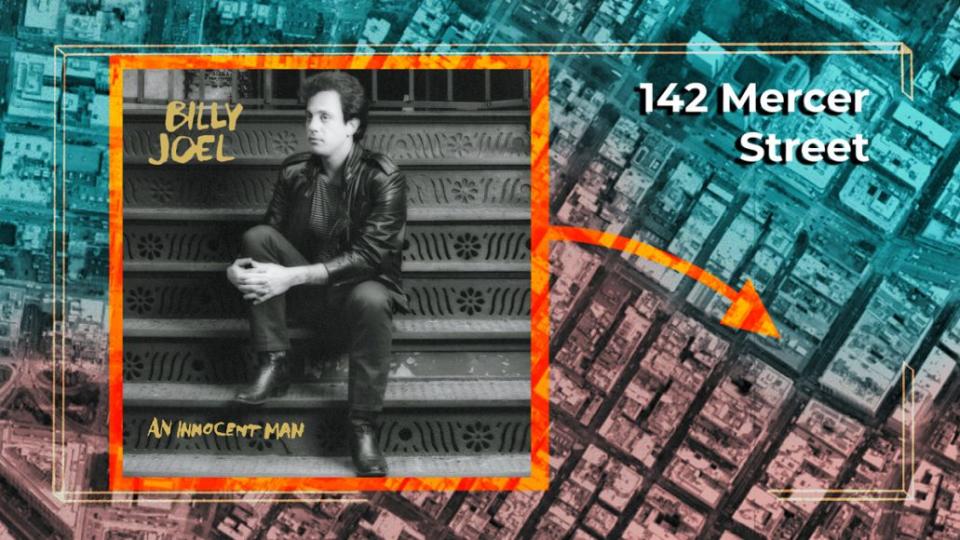
If you’re shopping at the Prada store on Broadway, head to the back entrance on Mercer. Walk down those sea foam teal stairs and pop a squat around the fourth step. Your butt is sharing historical space with Billy Joel’s, as this is the exact location of the An Innocent Man cover shoot from 1983.
The Pratt Institute
Billy Joel didn’t get his high school diploma until 25 years after he graduated (he never took his last English exam), so it’s no surprise he never went to college. Instead, he lived out his university reunion dreams by taking over Brooklyn’s prestigious Pratt Institute for his “The Longest Time” music video.
Mulberry Street
Smack in the middle of Little Italy runs Mulberry Street, a stretch of road Joel made the home base for the egoist narrator of “Big Man on Mulberry Street.” Taken from 1986’s The Bridge, the track has more of a Broadway swagger than its titular location might suggest, but you can just imagine the feelings of grandiosity one might have strolling this quintessential one-lane New York City Street.
23 St. Marks Place
Now housing a Chinese restaurant, the location was once home to The Dom, a popular dance club in the ’70s opened by Andy Warhol and filmmaker Paul Morrissey. Once a hub of art and culture on St. Marks, it became the sight of a block party in 1986 when Billy Joel opened the windows of the ground-floor unit and performed “A Matter of Trust” for the Bridge single’s music video.
Empire Diner
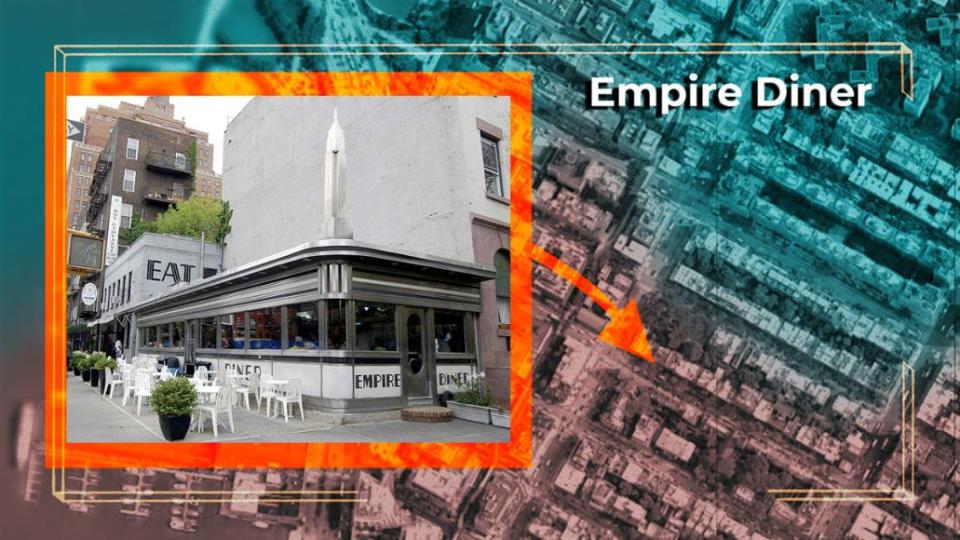
Situated at 210 10th Avenue, the Empire Diner is something of a landmark even without Joel’s reference to it. The classic rail-road style eatery with a silver-black-and-white motif is a favorite for many locals, Joel included. (In fact, it’s so popular that after closing in 2010, it reopened in the same spot in 2017 — unheard of in the restaurant business.) On “The Great Wall of China,” Joel uses “all you can eat” night at the diner to make a sharp statement about the greed of his former manager (and brother of his ex-wife, Elizabeth Weber), Frank Weber, who allegedly embezzled millions from the singer. Joel was awarded a $2 million partial judgement against Weber in 1990.
Billy Joel’s Map of New York City: A Virtual Tour of the Piano Man’s Discography
Ben Kaye
Popular Posts

